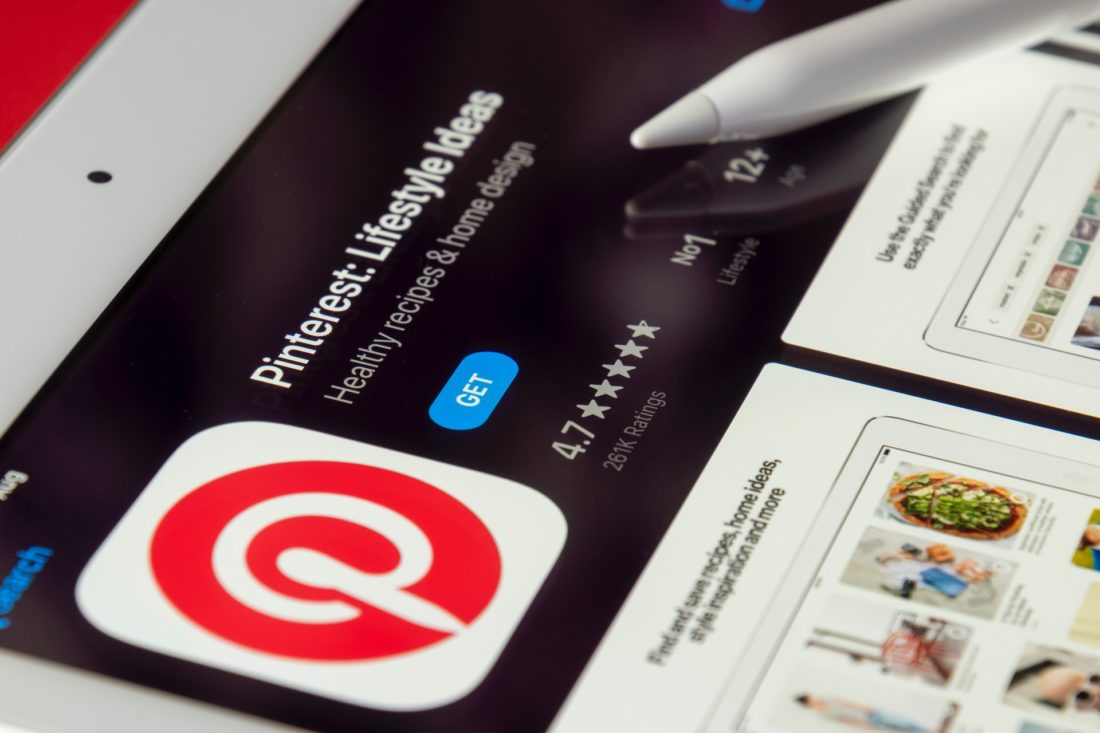If you run an e-commerce site, you might spend a lot of time marketing your business on social media. If you’re not using Pinterest to promote your online store, you could be missing out on a large audience and leaving money on the table. Fortunately, there are many ways to advertise your e-commerce business on Pinterest.
In this post, we’ll introduce you to Pinterest and how it can benefit your online store. Then, we’ll give you some tips on marketing your business using this platform. Let’s jump right in!
Pinterest for E-Commerce: An Introduction
Pinterest is a social media platform for discovering new ideas about cooking, home decor, fashion and more. It works as a visual discovery engine, so it’s a great place to search for inspiration on virtually any topic:
With other forms of social media, you can post content for your followers to see. After some time, it won’t show up as often in personal feeds. However, Pinterest pins are available in search results for much longer.
As a business owner, this can provide more visibility. After posting new pins, you might continue to receive new followers or customers for years to come.
Pinterest also receives about 455 million monthly users. Of these, the majority are women between 18 and 64. If this demographic aligns with your target audience, you’ll want to consider advertising on this platform.
Furthermore, 80% of Pinterest users have discovered new products or brands on the platform. Using Pinterest can expand your reach to customers who are willing to make a purchase. Unlike apps like Instagram, you can even attach product links directly to each pin:
With the right content, you can use Pinterest to showcase your products, gain an active following, and increase your conversions. Especially if your niche is trending, you’ll also be able to direct users to your e-commerce website.
How to Market an E-Commerce Business on Pinterest
Once you decide to advertise your e-commerce business on Pinterest, you might not know how to get started. This guide will show you how to properly create pins, optimize for SEO, and much more!
Step 1: Set Up a Pinterest Business Account
To get started, you’ll want to create a Pinterest business account. Unlike a personal account, this will enable you to create any type of pin and view analytics. Plus, you can even run advertisements:
First, go to the Pinterest Business website and sign up for a new account. If you already have an account with Pinterest, you can log in:
Alternatively, you can upgrade your personal account. Simply click on your profile image and hit Convert to business:
In your new Business Hub, add a link to your website. By selecting Claim website, you’ll be able to sync your site with Pinterest and create Rich Pins with your custom branding:
Once you do this, you can see analytics for the pins you create, as well as pins that users share from your site. Pinterest users will see your profile picture and a Follow button for your business account on each pin.
Step 2: Add Collection Pins
When Pinterest users browse their feeds, they may see white dots highlighting certain items within a pin. These are links to similar products on Pinterest:
After clicking on a tag, you can see products for sale. Instead of simply saving pins, users will be able to directly purchase items they’re interested in:
In Pinterest, these are called collections. To start building your collections, click on Create > Create Pin.
Then, add an image for your new pin. Pinterest recommends vertical images with a 2:3 aspect ratio:
After this, click on the price tag icon next to the image. Now you’ll be able to paste the link to your product. Pinterest will automatically create a product pin for you:
Be sure to add a title and description to the pin. Titles can be up to 100 characters long, while descriptions are a maximum of 500:
You might also add alternative text and a link to your website’s shop page. After you publish the pin, Pinterest users can easily view and purchase your products!
Step 3: Create a Pin Schedule
If you decide to promote your e-commerce website on Pinterest, you won’t want to publish all your pins simultaneously. Like any social media marketing strategy, you’ll need to be consistent. If you don’t post frequently, your followers may quickly lose interest.
Fortunately, you can easily develop a pin posting schedule. Using software like Hootsuite, you’ll be able to manage your Pinterest account alongside your other channels. This tool can help you plan and organize your marketing technique:
You can create, edit and schedule your pins using a single dashboard. Plus, Hootsuite will compile your Pinterest analytics, which you can compare with other social networks.
Step 4: Optimize Your Pins for Enhanced Traffic
As a website owner, you’re likely already familiar with Search Engine Optimization (SEO). Similarly, you can optimize your pins to rank higher in Pinterest searches. This can increase the number of users who see and purchase your products.
To improve your pin’s SEO, consider using keywords. When you include relevant keywords in the pin’s title and description, your pin should appear in search results.
Additionally, you’ll want to only use high-quality images. As we discussed earlier, you also include alt text.
It’s also important to consider popular Pinterest trends. If you download the Pinterest Predicts report, you can analyze which topics will be popular in the future:
Since the topics will be organized into different categories, you can easily find your niche. Then, check out the sample pins to get ideas for your own content:
As visitors browse your website, they might want to share your content to their personal Pinterest accounts. By installing a plugin like Social Media Share Buttons, you’re able to add a Pinterest sharing icon to your pages:
Using these tools can push more organic traffic to your product pins. Ultimately, this can improve conversions on your e-commerce website.
Conclusion
Marketing your e-commerce store on social media is crucial to its success. With Pinterest, you can increase sales by optimizing your posts for maximum traffic and setting up a posting schedule. These methods can promote your business on this platform and help you reach new potential customers.
Do you have any questions about how to market your e-commerce business on Pinterest? Let us know in the comments section below!
Image credit: Unsplash





Join the conversation